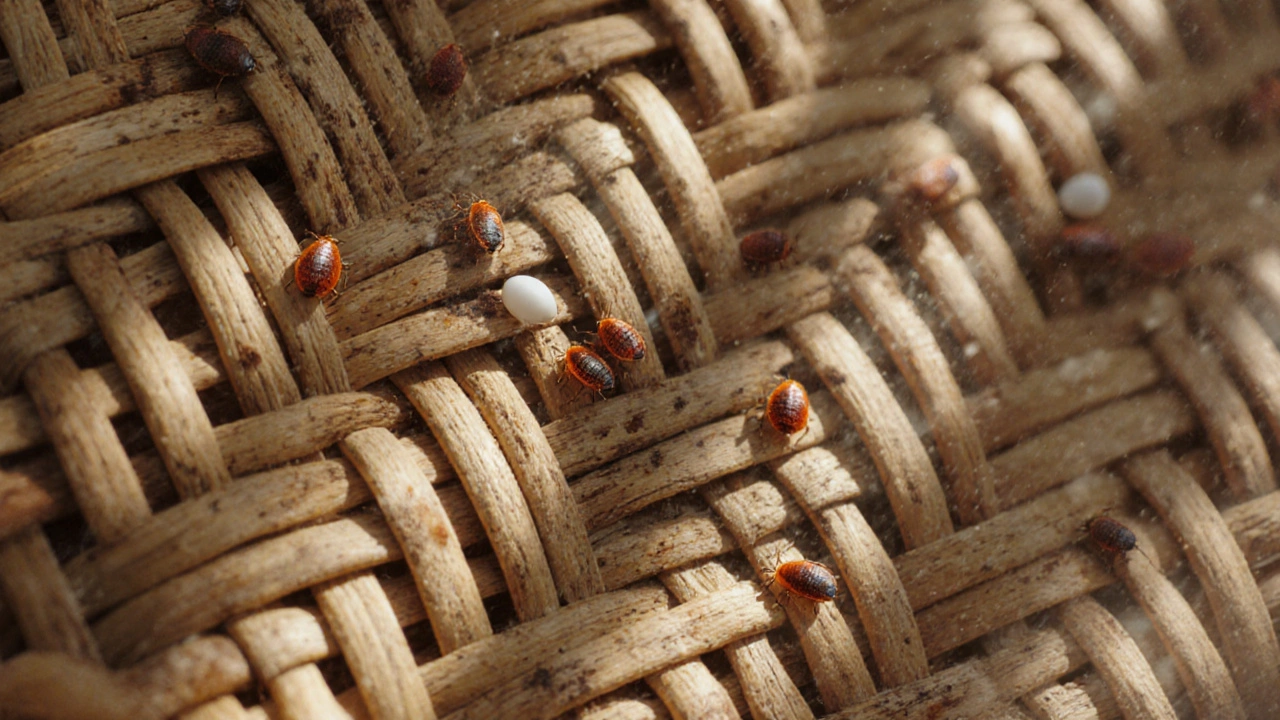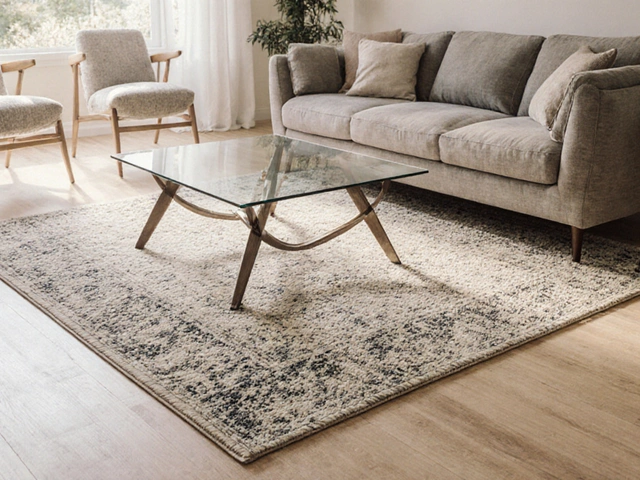Furniture Infestation: Signs, Causes, and How to Fix It
When you notice tiny holes in your wooden chair or fine dust piling up under your dresser, it’s not just dirt—it’s likely a furniture infestation, a hidden pest problem that eats away at wooden furniture from the inside. Also known as woodworm, it’s more common than you think and often shows up long after the damage is done. This isn’t about messy homes or poor cleaning—it’s about hidden insects that thrive in dry, warm wood, especially in older pieces or those stored in attics, basements, or poorly ventilated rooms.
Furniture infestation usually starts with woodworm, the larval stage of beetles like the common furniture beetle. These bugs lay eggs in cracks or pores of untreated wood, and when the larvae hatch, they spend years tunneling through the inside of your table, cabinet, or sofa frame. You won’t see them until it’s too late—then you spot exit holes, sawdust-like frass, or weak joints that crumble under light pressure. Termite damage, a more serious and faster-moving threat, can look similar but often includes mud tubes along baseboards and hollow-sounding wood when tapped. Both can spread to other furniture if not caught early.
What makes this worse? Many people assume only old, antique furniture is at risk. But modern pieces made with solid wood—especially if stored in damp conditions or brought in from outside—can be just as vulnerable. Even new furniture bought from a warehouse or shipped in wooden crates can carry hidden eggs. And once one piece is infected, the pests can move to others nearby. It’s not a one-off problem. It’s a chain reaction.
Fixing a furniture infestation isn’t about painting over holes or spraying air freshener. It requires knowing what you’re dealing with. Is it surface-level dust, or is the wood structurally compromised? Can you treat it yourself with borate solutions or freezing methods, or do you need professional help? The right fix depends on the pest, the material, and how far it’s spread. Some pieces can be saved. Others need to be removed before they infect the rest of your home.
Below, you’ll find real-world guides that show you exactly how to spot the early signs, what tools and treatments actually work, and how to protect your furniture before it’s too late. Whether you’re dealing with a single chair or an entire room of wooden pieces, the advice here is practical, no-fluff, and based on what works in real homes—not just theory.




